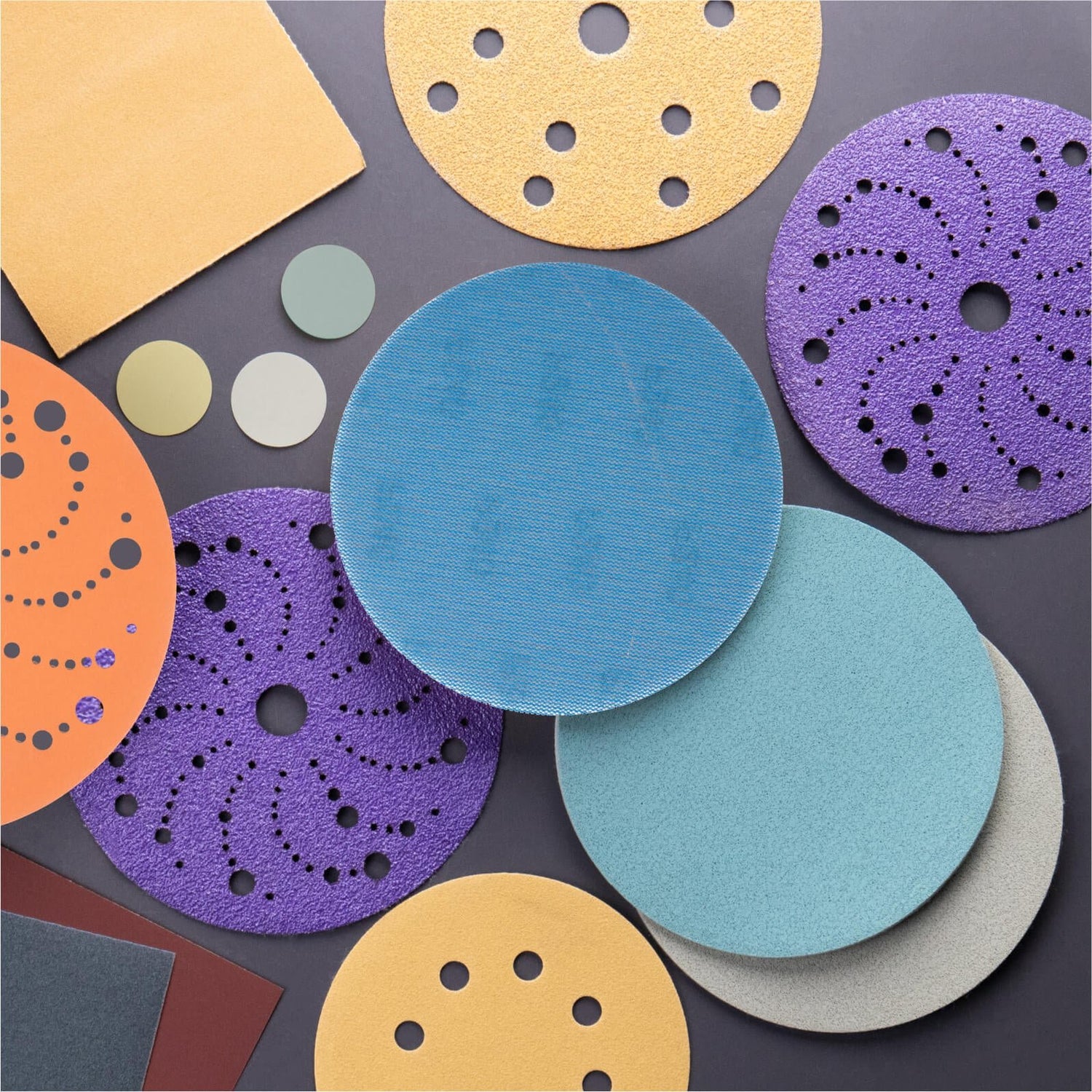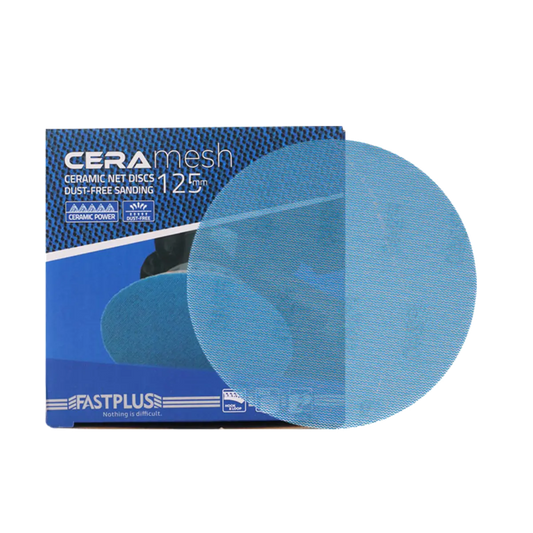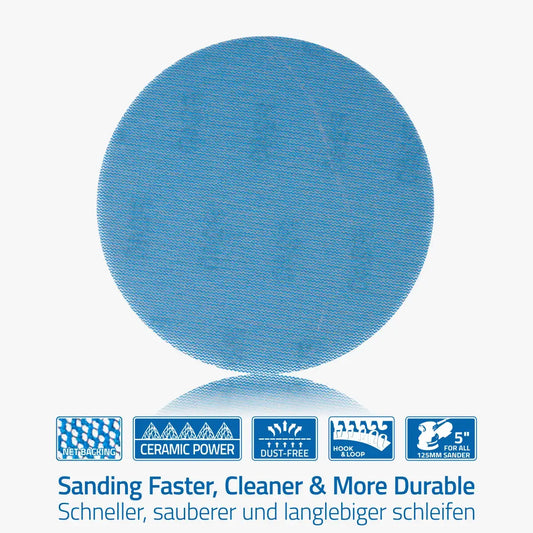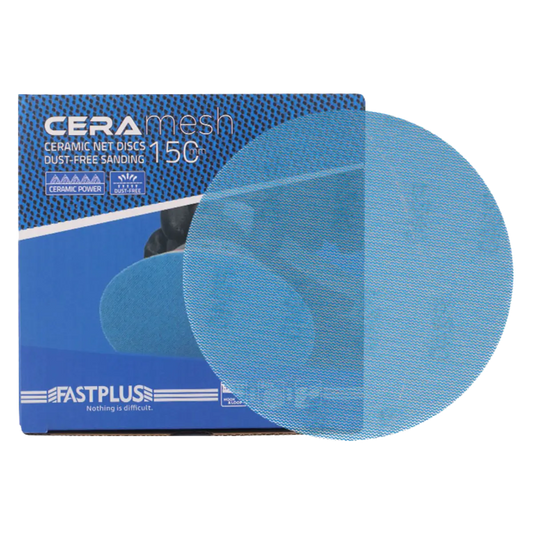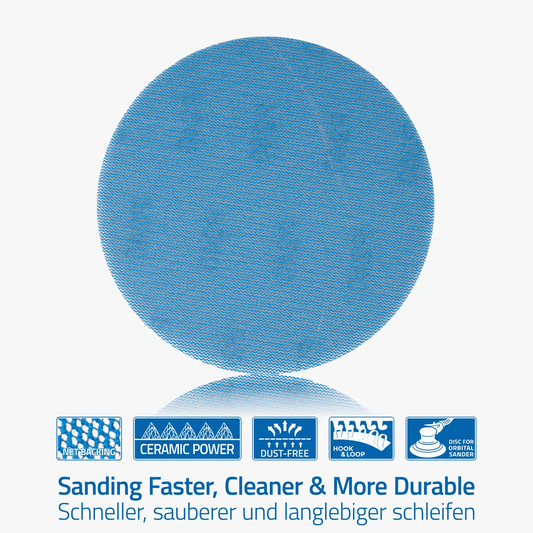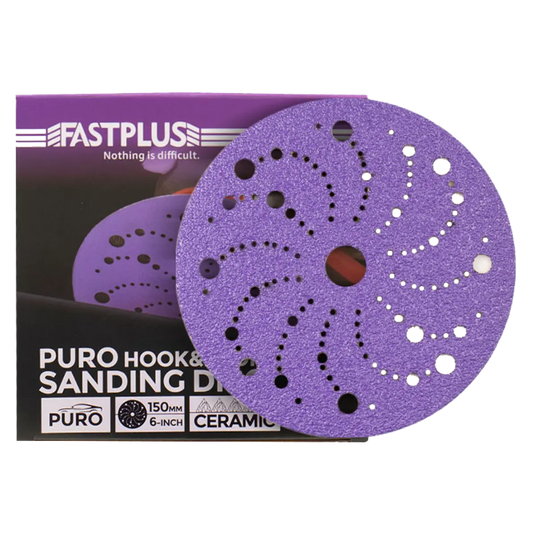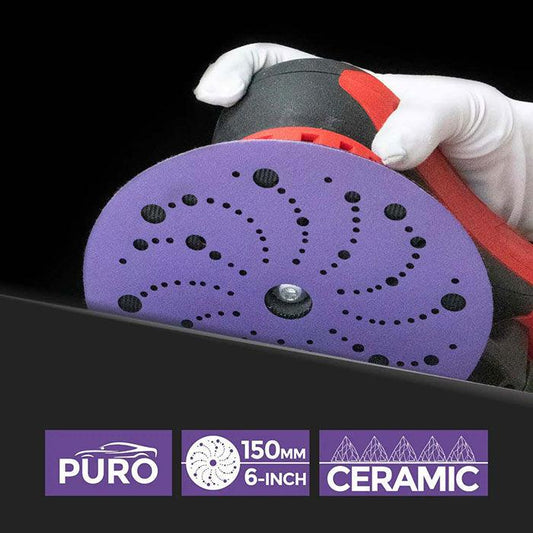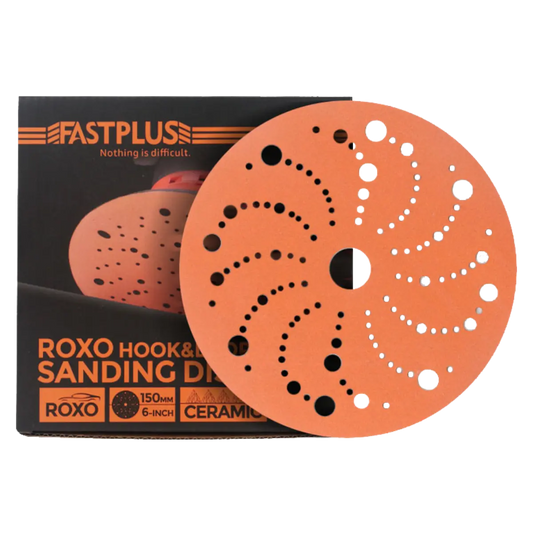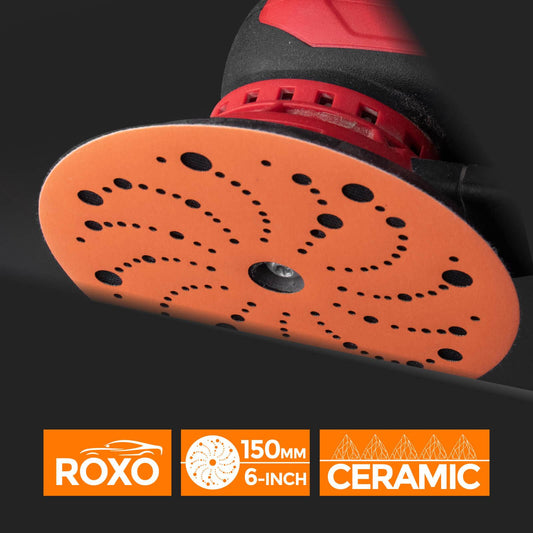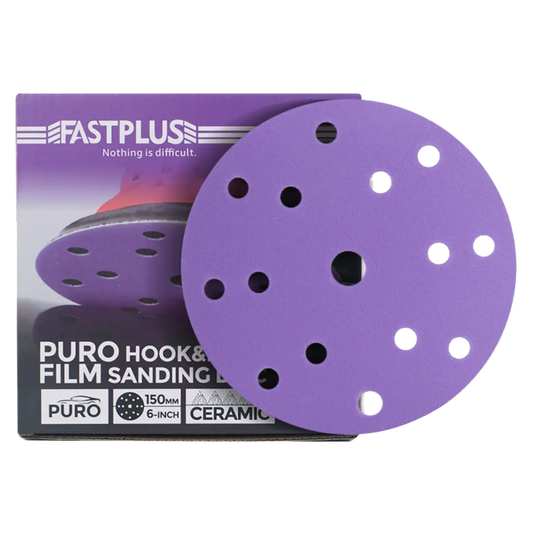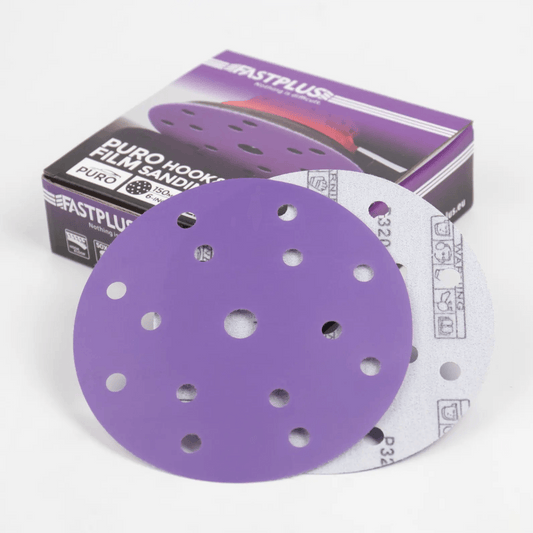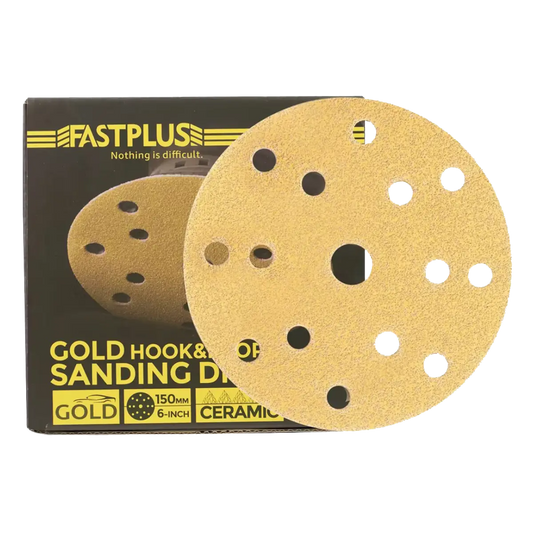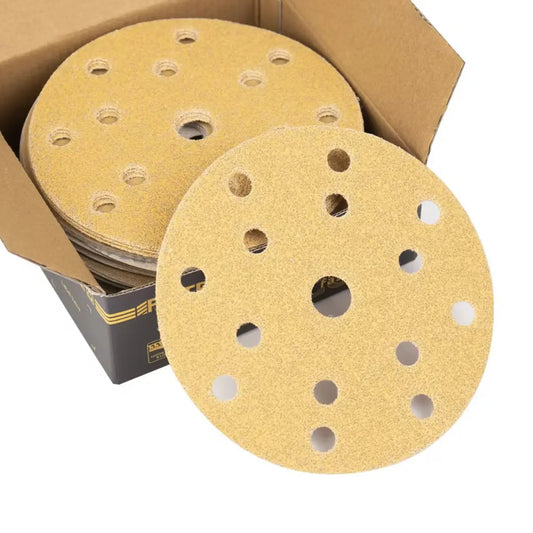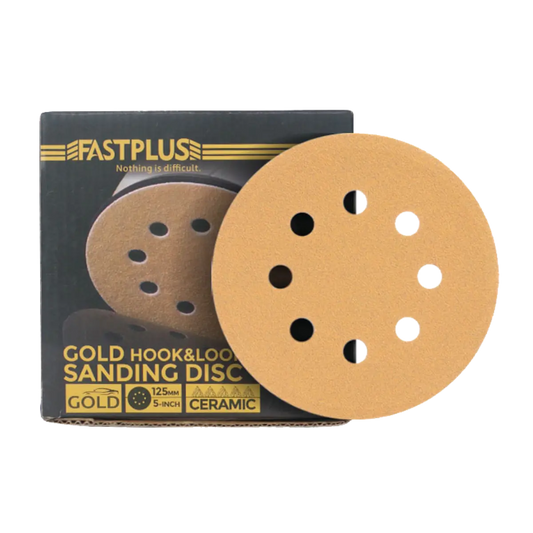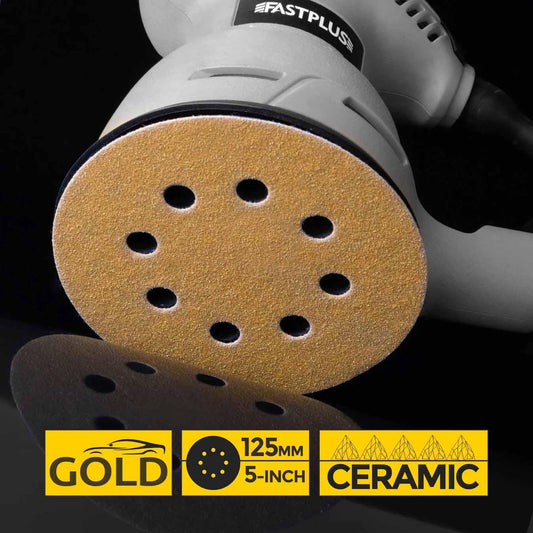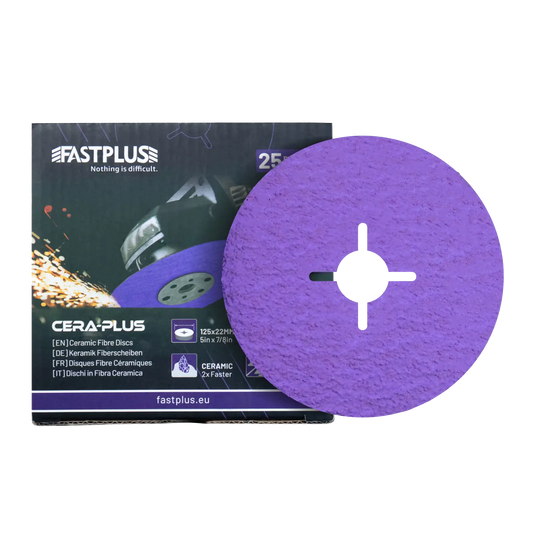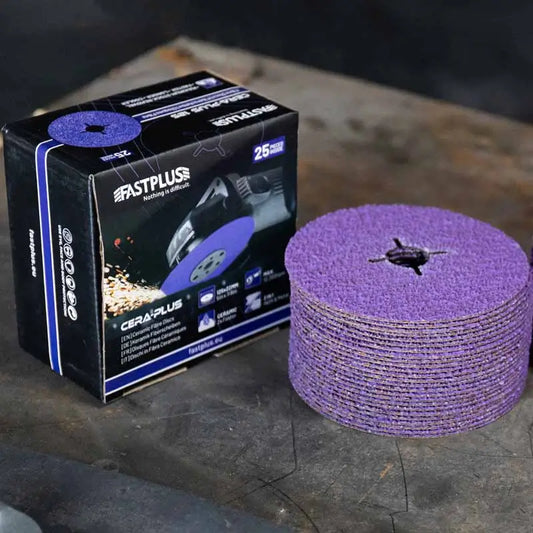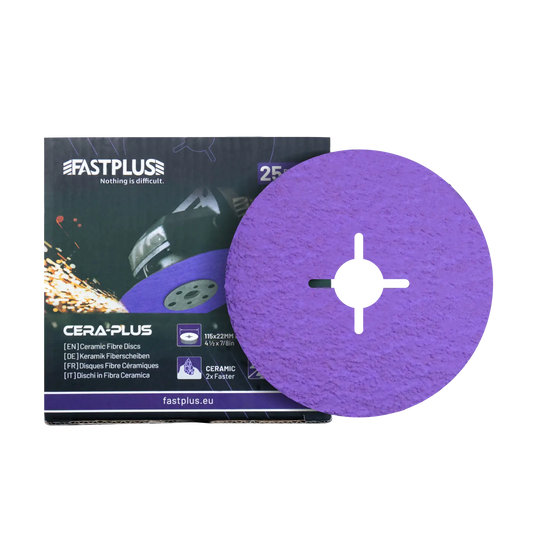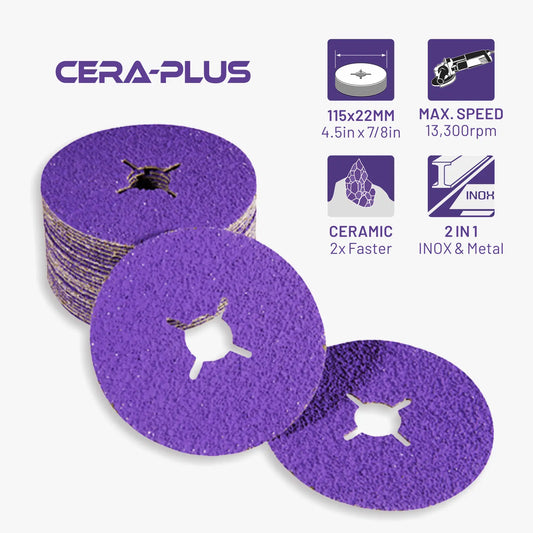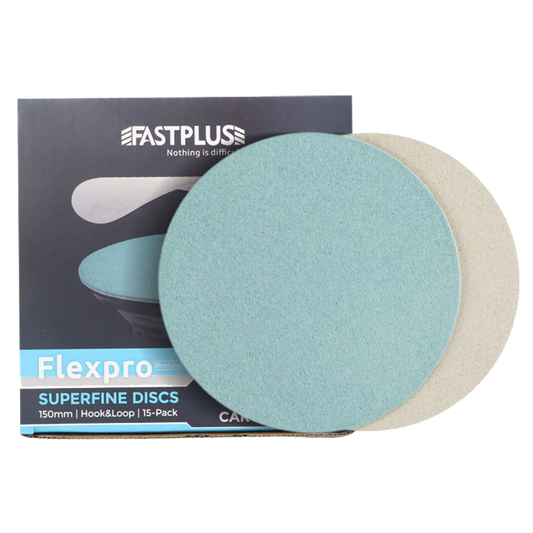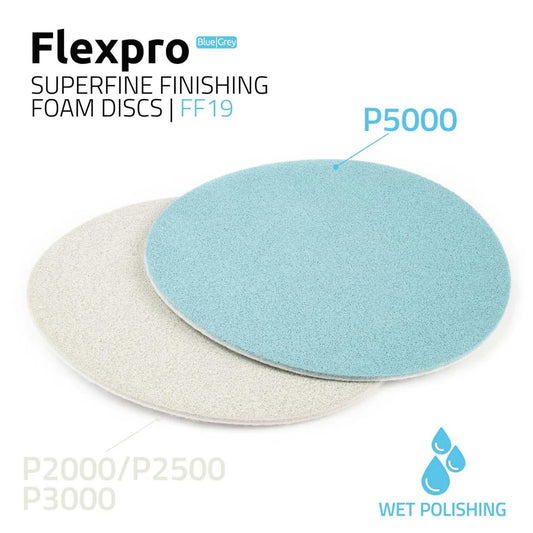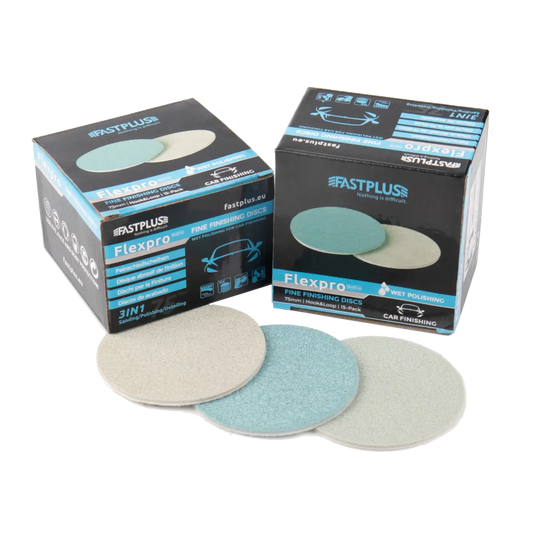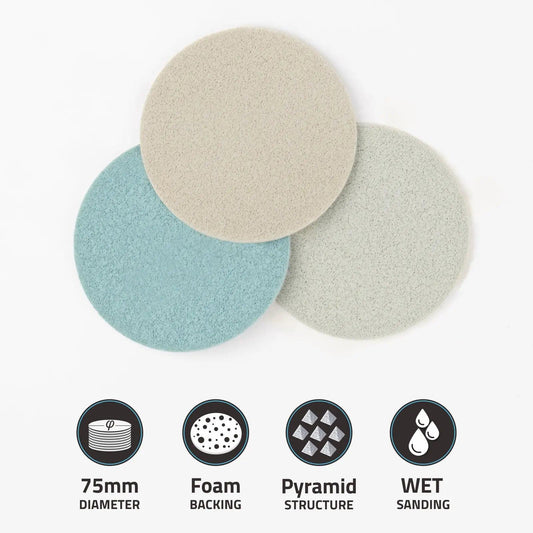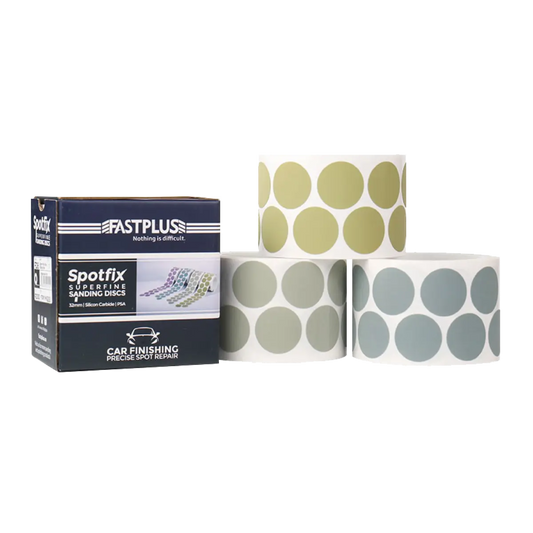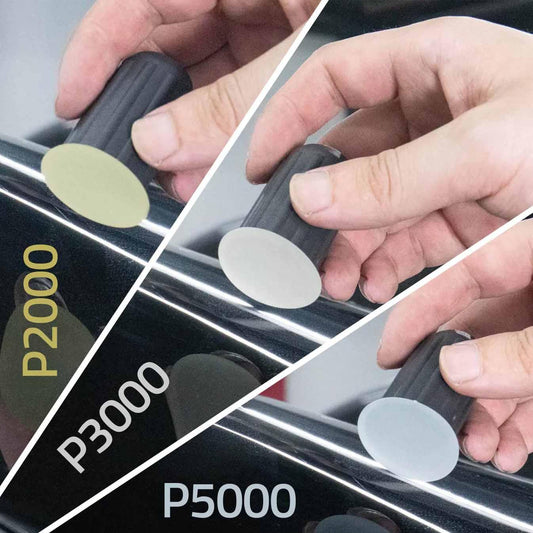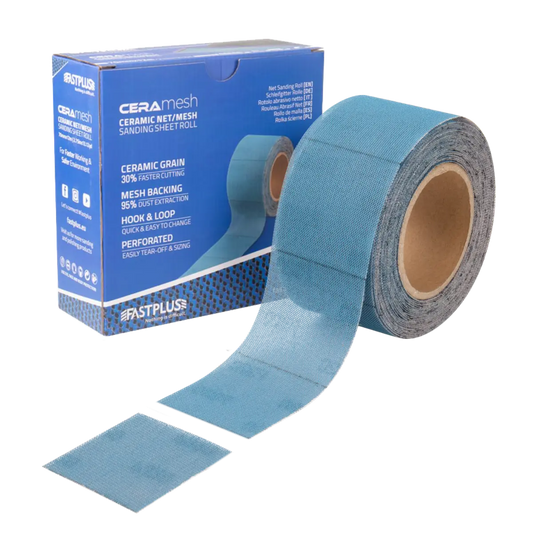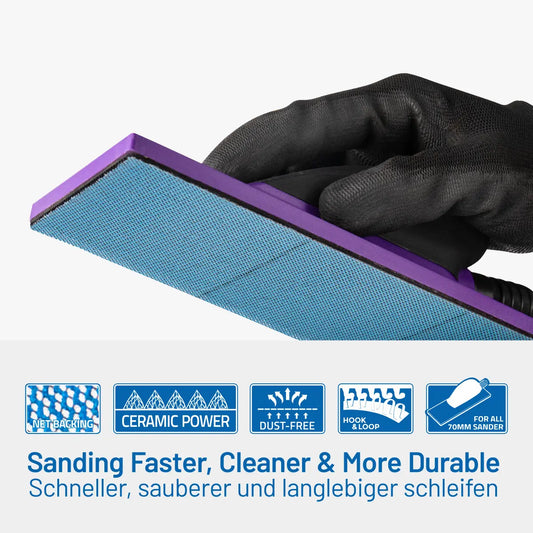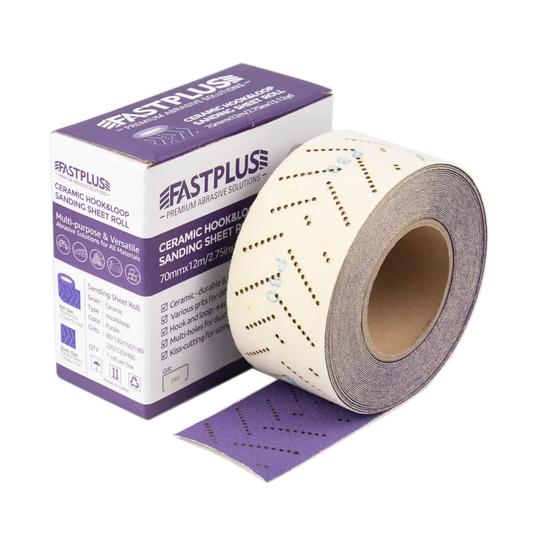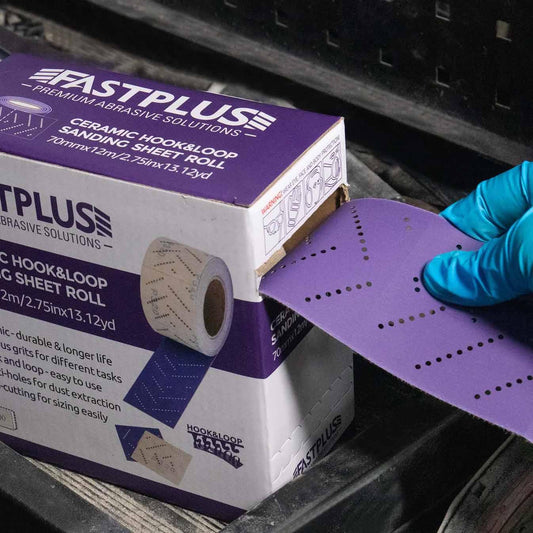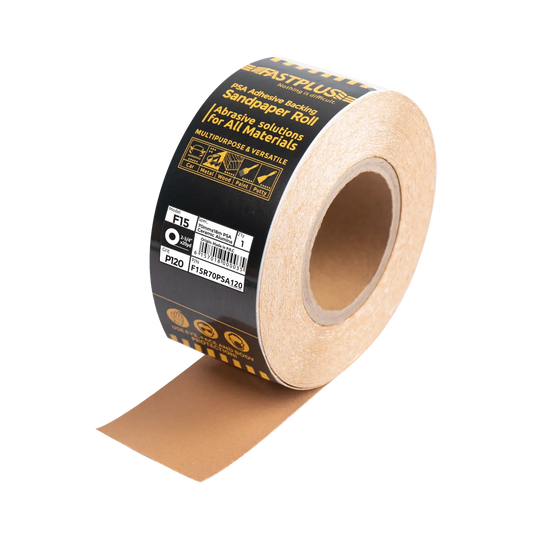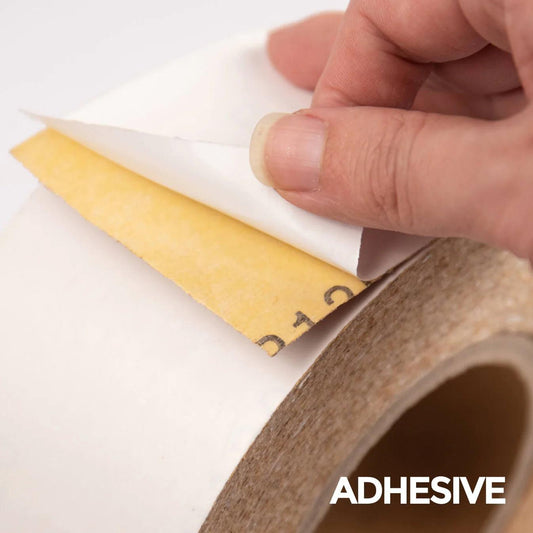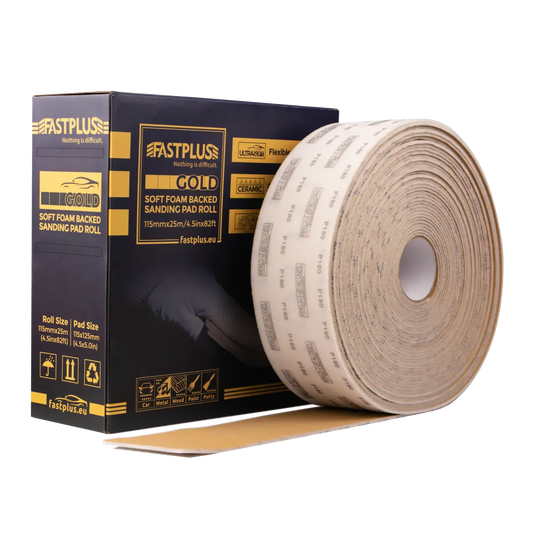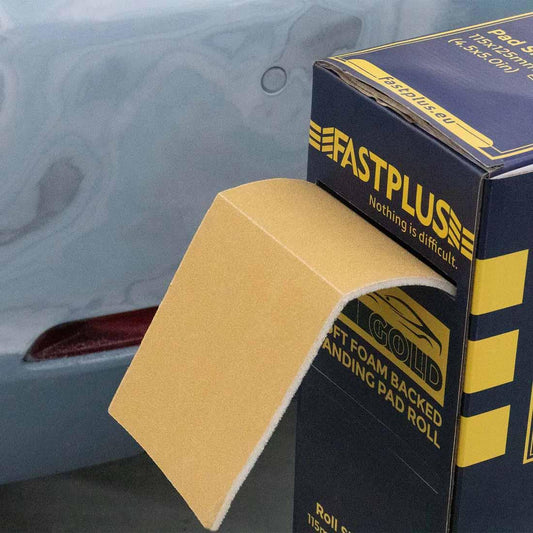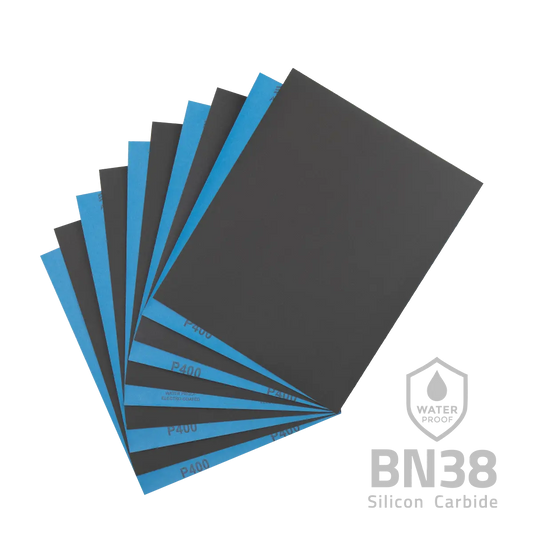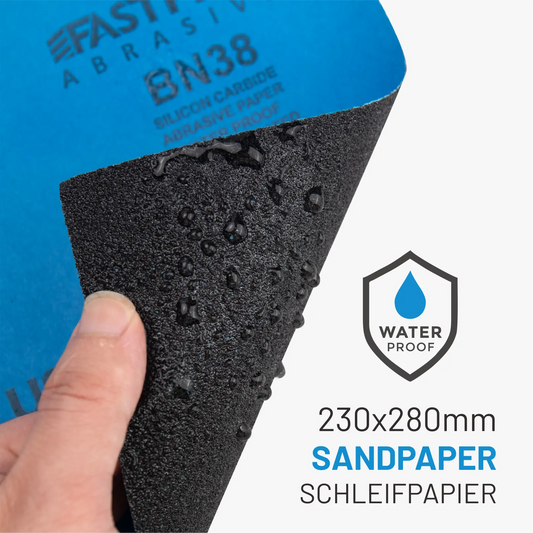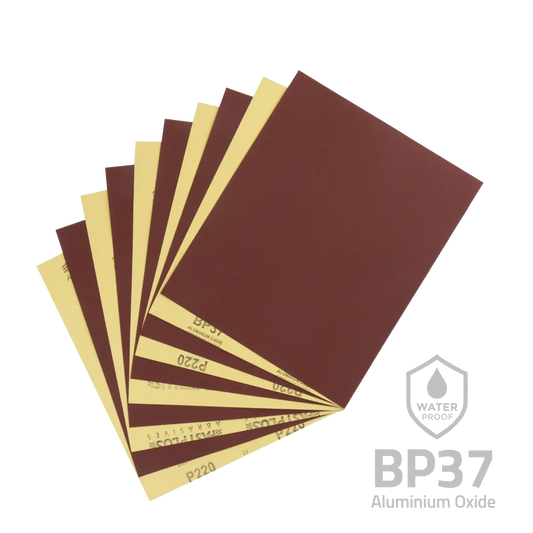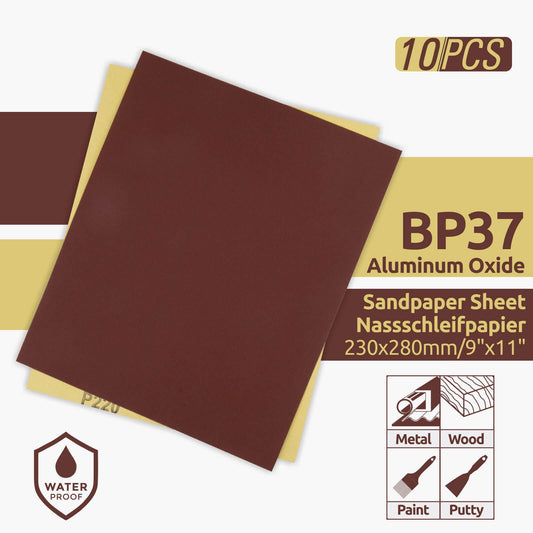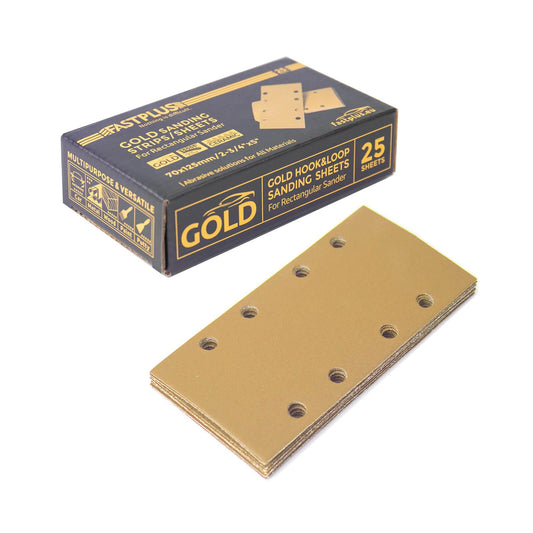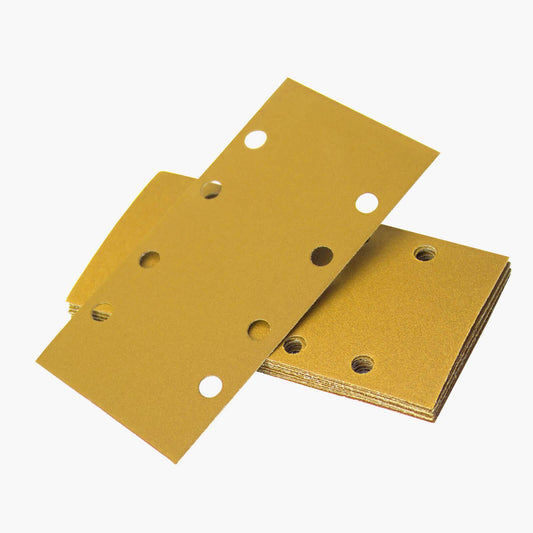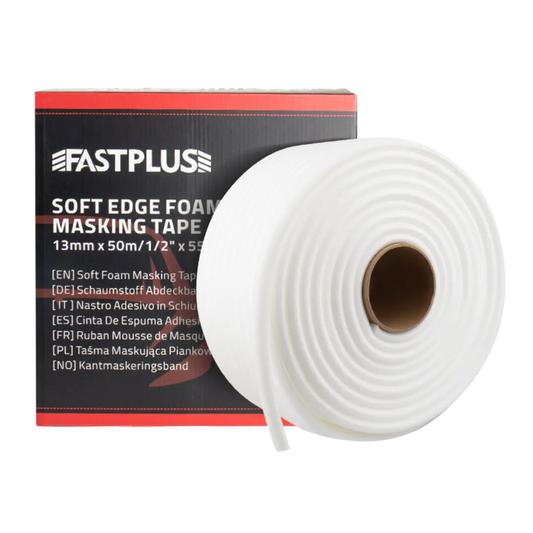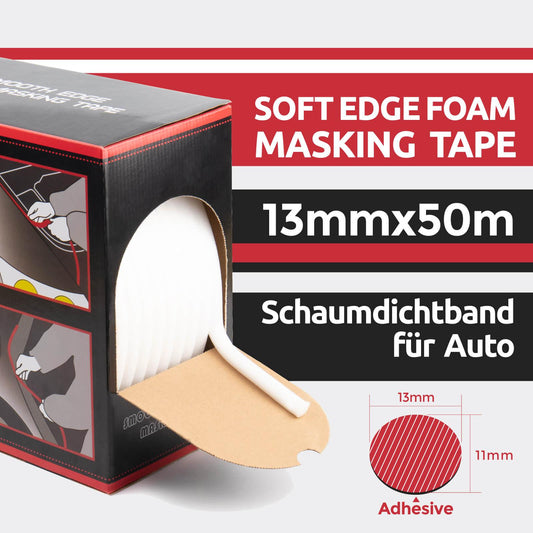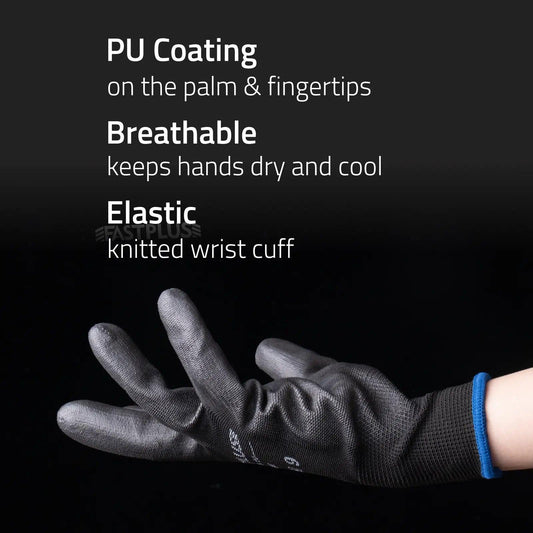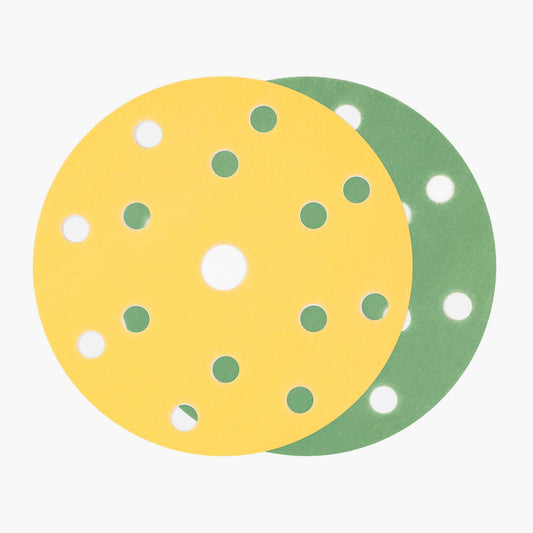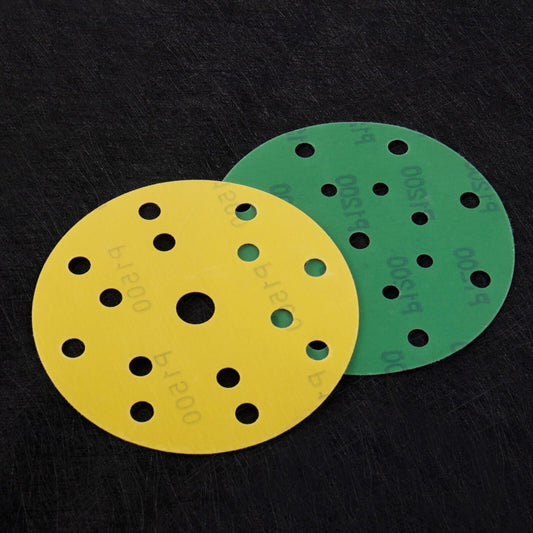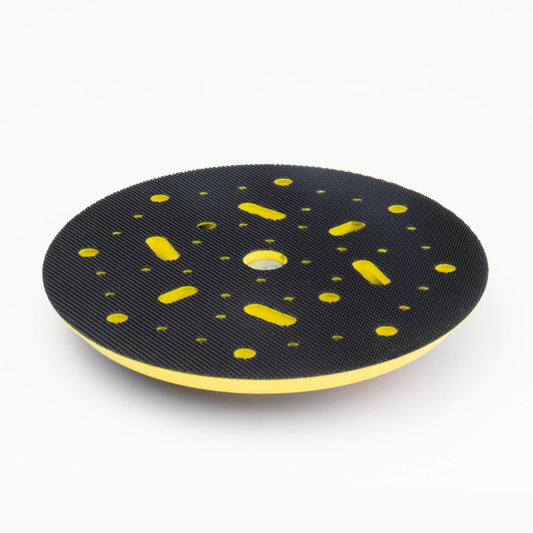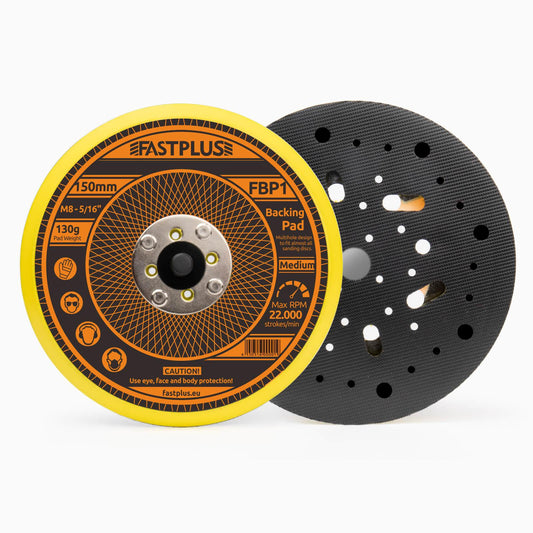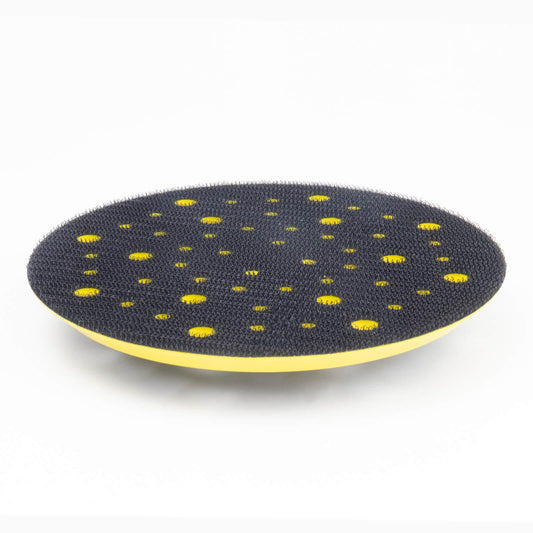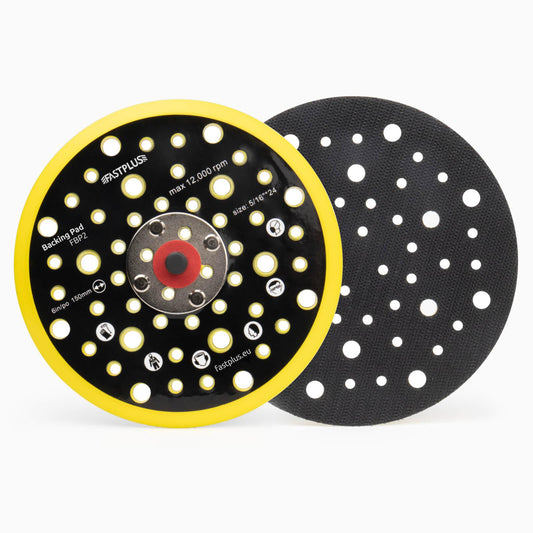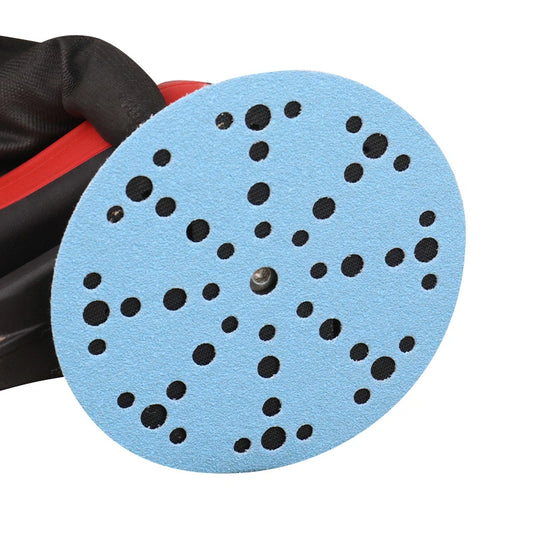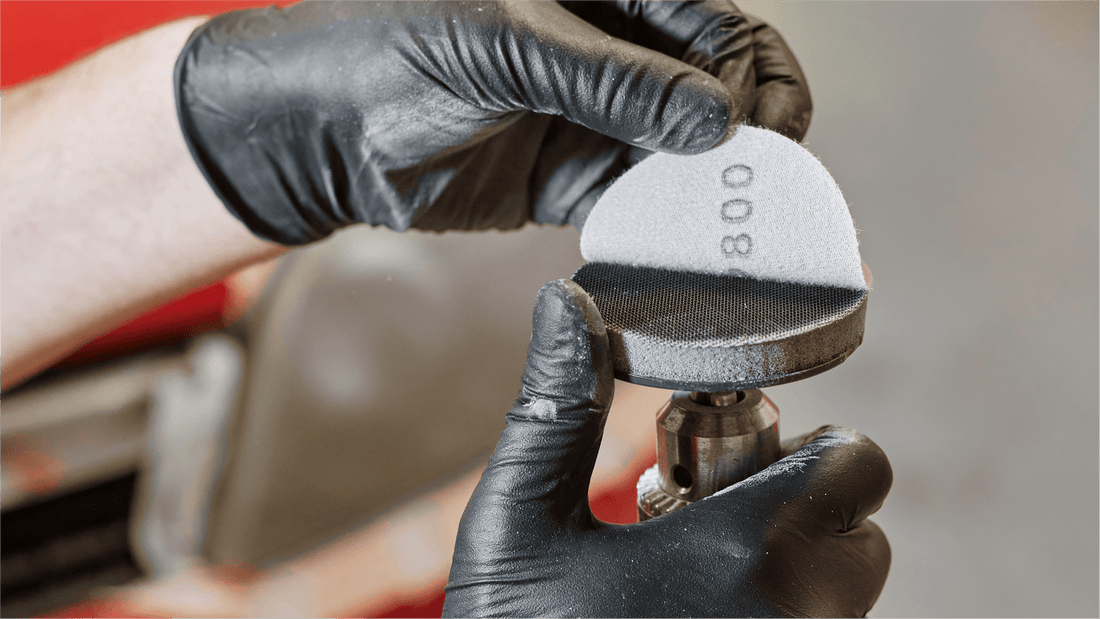
What Sandpaper do I Use to Sand Cars?
Several things, including but not limited to crashes, inclement weather, and poorly targeted baseballs, can damage the exterior of a motor vehicle. Whether the final result is a huge ding or a few little scratches, selecting the right sandpaper is crucial for achieving greater outcomes from the repair procedure.
How to Go Ahead with the Sandpaper?
Selecting some sandpaper with the proper grit should be your first step. Grit numbers typically fall between 40 and 4000 or even higher. The grain of the sandpaper is coarser when the number is lower. The first piece of advice when fixing a car's body is to start with the least aggressive Sandpaper you can locate that will still do the job. The last thing you want to do is damage the surface by causing deep scratches because this will make it more difficult to repair afterward.
LIGHTWEIGHT SANDPAPERS (TYPICALLY BELOW 400):
Sandpapers with a few grain holes are preferable for smoothing out uneven surfaces during automobile body repair. This might happen if the car has had many coats of paint applied quickly, leaving the surface looking uneven and spotty.
It is advisable to use abrasives with a grit range that falls midway between 60 and 80 when there are deeper scars or rust to remove. You can use 120 grit to smooth out less severe scratches or rust patches, and you can use 220 grit to do the same for rough edges left behind after applying body filler. The 320-grit paper works best with the feather-edging chemicals you use to prepare the body for priming.
The use of abrasives for car with this range of grit should be minimized as much as possible because lower-grit Sandpaper will leave scratches on more even coats of paint.
MEDIUM GRIT, WHICH BEGINS AT A STANDARD OF 400 TO 600:
Sanding the vehicle's surface with medium grit paper before applying a base coat is a good method to prepare it for the next phase. While working to smooth off rough edges, it is abrasive but not so coarse that it will scratch the metal's surface.
Using 600-grit paper to eliminate flaws after a high-build primer has been applied to the body is efficient. Before using primer sealants or paint, it is a good idea to sand the final finish primers with 800 grit.
ADVANCED SANDPAPER (1000 AND UP)
For eliminating surface scratches and other faults of a more subtle nature, fine-grit sandpaper is the best option. A sanding disc from this collection can give the car a smooth finishing touch after applying a fresh coat of paint.
Abrasives with 1000 and 1200 grit are good for sanding over freshly painted surfaces, though it is advised that you use the wet-sanding method specifically for this purpose. To ensure that the entire surface is smooth and level, sanding with a grit of 1000 or 1200 may be followed by sanding with a grit of 1500. A final wet sanding with 2000-grit paper can provide an incredibly smooth surface before a rubbing compound.
Larger vehicles, like vans or trucks, can be completely sanded in hours using high-grit sandpapers in conjunction with an orbital sander.
What Type of Sandpaper Material is Recommended?
Due to its efficiency, aluminum oxide continuously ranks among the most widely used abrasives. It is divided to keep its cutting edges during the sanding operation, allowing the sanding belt or disc to be utilized for longer.
For aluminum oxide, there are many different coating options available, but the closed-coat option is the one that is advised. This is because the grains cover up to 95% of the disc's surface, allowing it to work smoothly and effectively on both ferrous and nonferrous metals.
Aluminum oxide sanding discs created especially in the automotive industry should be used when fixing an automobile's body. The best tools typically have thick hooks and loops for increased durability, better performance, and a completely waterproof backing. You are assured of getting the best return on your investment because they offer a quick cut, deliver professional results, and have a long disc life.
Dry or Wet Sandpaper, how to Choose?
There are two sanding techniques available for you to pick from. Use one of them, and the results will be seen quickly. With this knowledge, you can sand your car more successfully.
The use of wet sandpaper is an additional choice. You must use filtered water to wet the surface thoroughly. The surface will be completely visible after doing this, which will help remove the dust. Wet sandpaper sands slower, but gives a smoother finish.
In general, you should choose wet or dry sandpaper on the basis of your task. You can also use the dry sandpaper first, then use the wet for the finer work of your car.
Final Words
The working surface will show whether or not the car has been completely sanded. You did a good job if it's spotless and sparkling when you're done. You'll need to scrub it again if it still has rough scratches or dull flaws after you've already done so.
Buy Fastplus Factory-Direct Abrasives
Want to purchase high-quality, factory-direct sanding discs, sanding sheet rolls, and film abrasive discs for automotive applications? Try Fastplus Abrasives today and place your orders online!
